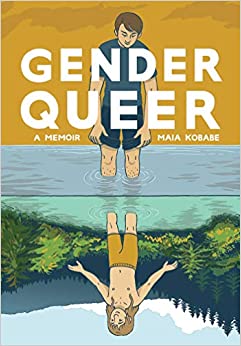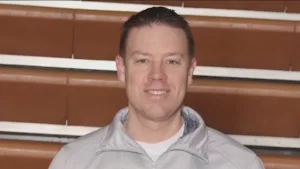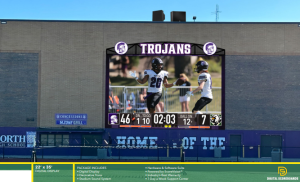Library controversy; Review: Gender Queer
December 12, 2021
For some, identity is not as simple of a concept as it seems. I, for one, grew up content with the femininity my parents immersed me in. Shopping with my mom in my pink tights after my weekly ballet class was my favorite activity. However, I remember a girl in my ballet class who wore basketball shorts instead of a leotard and was much louder than the rest of the female dancers. I liked her, but told my mom “she’s like a boy.” For me, even as a kid, my gender identity was simple. For her, maybe it wasn’t.
“Gender Queer” is a coming-of-age autobiography that tells Maia Kobabe’s story of navigating her gender identity and sexuality. Kobabe uses e, em, eir pronouns. E is very honest in doing this, which made parts of “Gender Queer” uncomfortable to read and see through graphics, but that’s how growing up is. Everything real is ugly, and that’s a trend seen in other books in our school library, the media, on our phones, and everywhere in real life.
Graphic novels are naturally engaging and easy to read, so I found myself finishing “Gender Queer” in just a few hours. However, some scenes made me cringe and just felt a little too revealing for Kobabe to put in an autobiography—like when she went into detail about her “vagina slime” or sexual fantasies. It wasn’t the existence of these fantasies that bothered me, but just how often it was talked about, and not in a vague way. No matter what sexuality is being expressed, there is a reader-author line of comfort that is arguably crossed in this novel.
After reflecting, I do also question if I thought that certain things were taken too far into detail, just because I cannot directly relate. Did Kobabe cross a line or am I just so used to seeing my “norm” in the media? As someone who constantly sees cisgender, heterosexual representation, this may not be a question I can answer. What I can do is continue to open myself up to all perspectives and support that opportunity in our school.
My thoughts during and after reading “Gender Queer” are a perfect example of why it deserves its small spot in our library, which was overlooked until now. Like most of my opinions, how I feel about this book is not clear-cut. However, it led me to have a personal debate in my head. Even while writing this, I constantly delete and rewrite sentences. As someone who considers themselves to be universally accepting, do I have deep-rooted homophobia? Students should have the option to read this book and challenge themselves, their possible homophobia, and see what a privilege it is to have representation in the media.
In every link we click or book we open, we are able to be selective in the ideas we surround ourselves in. Therefore, I would recommend this book to someone who craves the inclusion lacking in everyday media or has the maturity to read a different perspective. “Gender Queer” isn’t for everyone, but those who do want to read it will already be aware of the honesty, vulnerability, and individuality that this graphic novel encompasses.
Every day at school or in public, I see all walks of life. This holiday season, I am grateful for all the wildly different people that make this world, and even Downers Grove, what it is. What’s important is not shielding students from the world’s individualism, but allowing us the opportunity to read new perspectives, if we want.


























